
Firaq Gorakhpuri
A commemorative postage stamp on the Birth Centenary of Raghupati Sahay, a noted contemporary Urdu poet of India :

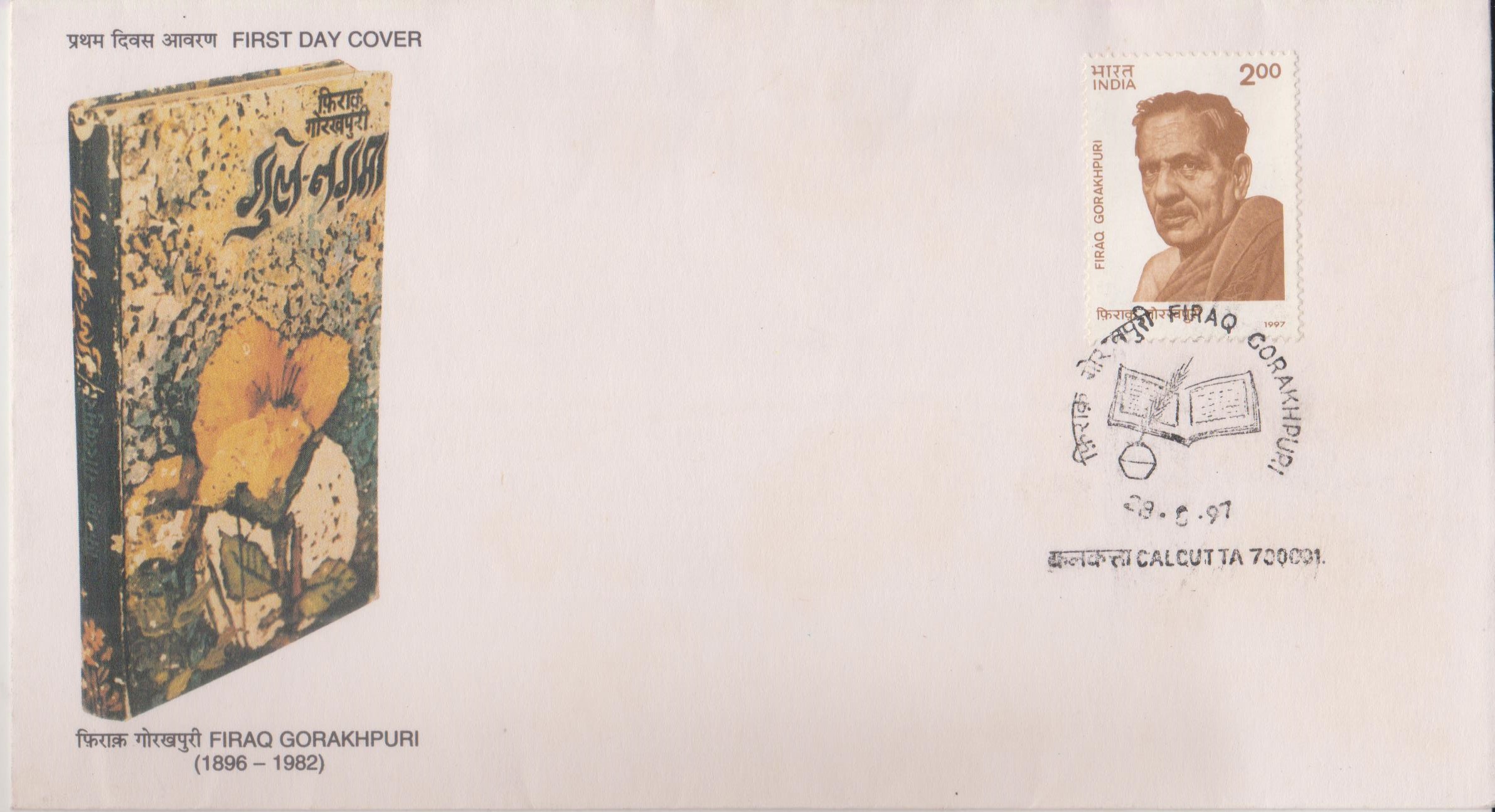 Issued by India
Issued by India
Issued on Aug 28, 1997
Issued for : Department of Posts is issuing a commemorative postage stamp in memory of Firaq Gorakhpuri to mark the conclusion of his birth centenary celebrations.
Credits :
Stamp/FDC : Based on material supplied by :
(1) Urdu Academy, Govt. of National Capital Territory, Delhi.
(2) Firaq Memorial Society, Allahabad.
Cancellation : Smt. Alka Sharma
Type : Stamp, Mint Condition
Colour : Single Colour
Denomination : 200 Paise
Overall size : 3.91 x 2.90 Cms.
Printing size : 3.55 x 2.54 Cms.
Perforation : 13 x 13
Paper : Indegenous un w/m Adhesive Gravure Coated Stamp Paper in reels 47 cms.
Stamps Printed : 0.4 Million
Number per issue sheet : 35
Printing Process : Photogravure
Printer : India Security Press, Nasik
Name : Raghupati Sahay
Born on Aug 28, 1896 at Gorakhpur, Uttar Pradesh, India
Died on Mar 3, 1982 at New Delhi, India
About :
- Born in 1896 in a distinguished literary family of Gorakhpur, Raghupati Sahay wrote under the pen name, Firaq Gorakhpuri, a name which was destined for international acclaim. After graduating, Firaq was nominated to the Civil Service. He however, preferred to join the freedom movement. He was imprisoned for his nationalist activities in 1920 and after his release, he worked for the Indian National Congress as one of its Under Secretaries for five years.
- Firaq also continued to write in Urdu and came in close touch with the great writers and editors of his time, like Premchand, Hasrat Mohani, Daya Narain Nigam and Tej Bahadur Sapru. Later, he joined the University of Allahabad as Lecturer in English, and served with distinction until his retirement.
- A passionate champion of national integration and Hindu-Muslim unity, Firaq introduced new themes and ideas in Urdu poetry based on his grounding in classical Indian culture, and his vast reading in English, Hindi, Persian and other languages. He is known to have revolutionised Urdu poetry, making it a vehicle of modern thought. A prolific writer of both prose and poetry, his major poetic collection, ‘Gul–e–Naghma‘ (Lyric Flower) appeared in 1959. The other notable collections include ‘Ruh–e–Kayenaat‘ (Spirit of Universe, 1945) and ‘Ramz–o–Kinayaat‘ (Suggestions 1946). Even though influence by the English Romantics, he was deeply inspired by the “Shringara Rasa” of Sanskrit poetry, and the poetry of the Bhakti movement. His art which reflects a fusion of the East and West, added an altogether new dimension to the lyrical sensibility of the Urdu Ghazal. He dominated the Urdu poetic scene for almost four decades and was considered a living literary legend in the Urdu speaking world.
- He received the highest literary awards including Sahitya Academy Award in 1960 and Bharatiya Jnanpith Award in 1969. Government of India in recognition of his services to literature decorated him with Padma Bhusan in 1981. He passed away on 3rd March, 1982.
- Text : Based on material supplied by :
(1) Urdu Academy, Govt. of National Capital Territory, Delhi.
(2) Firaq Memorial Society, Allahabad.


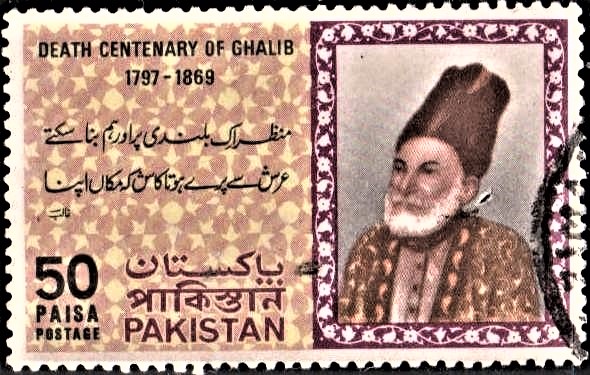
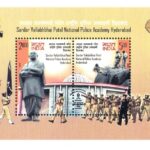

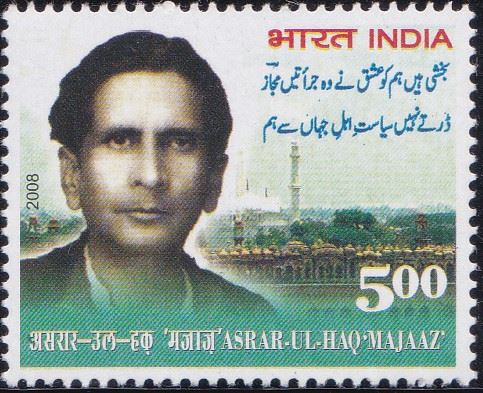
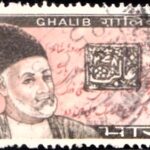
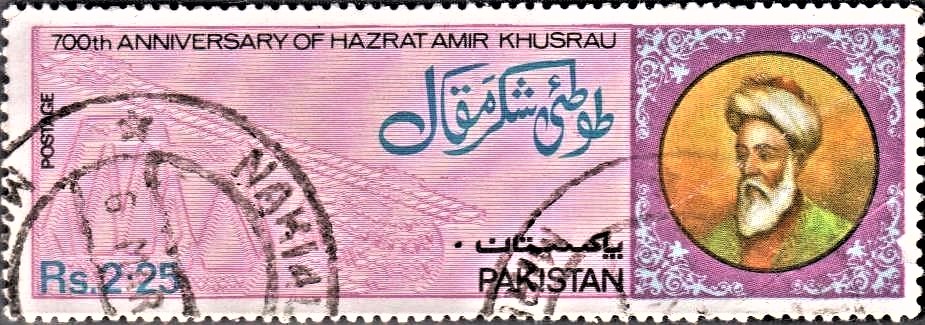
[…] the weak secure. He had the romantic madness of a Spinoza and can be seen as an early precursor of Firaq Gorakhpuri, the legendary Urdu […]